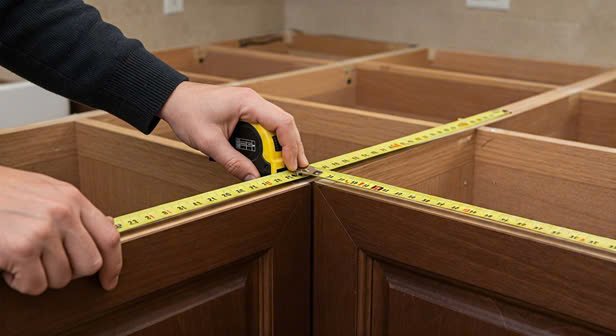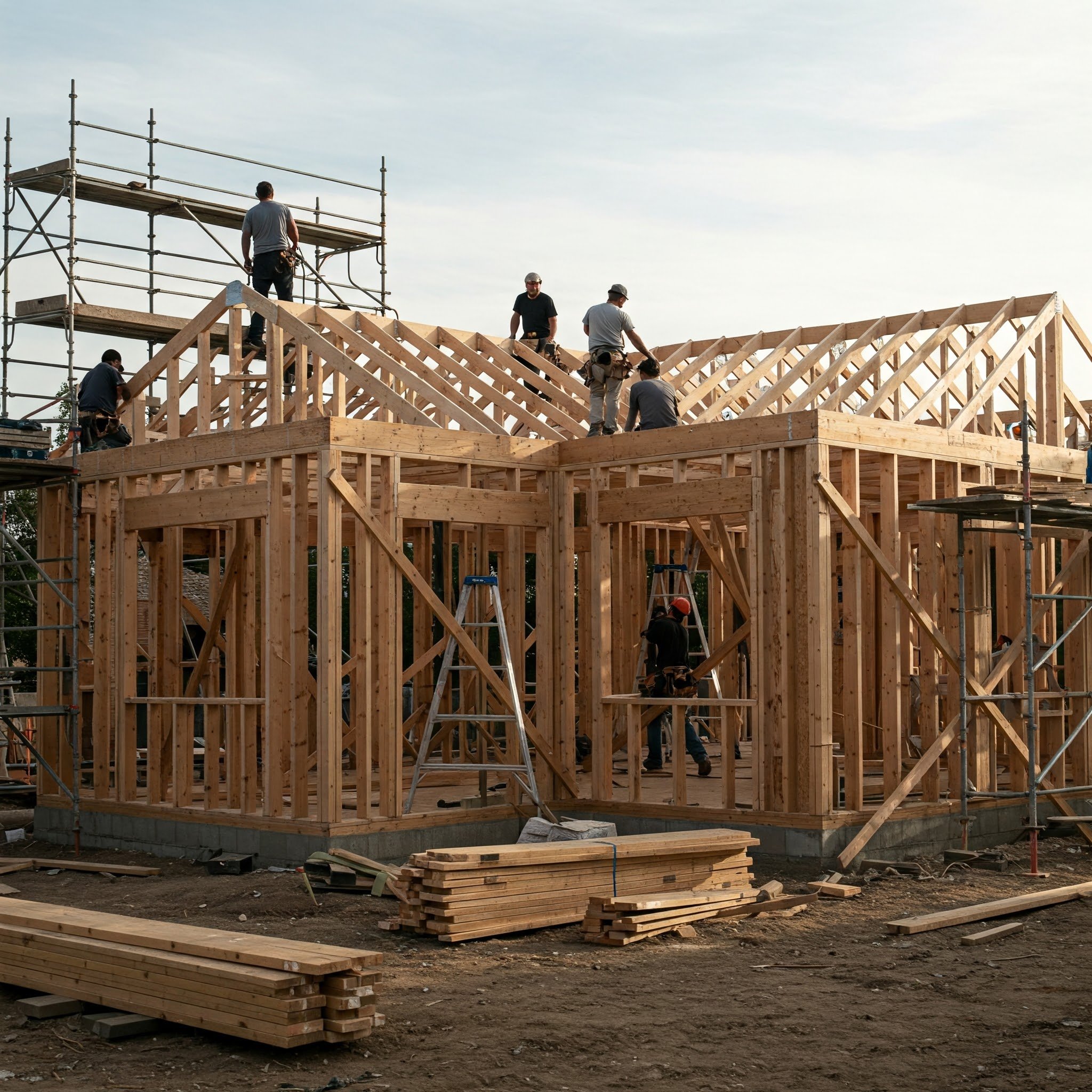Effective Foundation Repair Tips for a Stable and Safe Home
Discover effective foundation repair tips for maintaining a stable and safe home. Learn practical solutions and best practices to address common foundation issues and ensure long-term structural integrity.
A good and strong foundation can be the reason behind safely built homes and structures. Over time, various factors that act on the building structure weaken the homestead and thus compromise the formation of the foundation. These problems can range from poor soil conditions to water leakage and must be solved as soon as possible so that you would not have to worry about seeing more issues arising in your living area. Below are some guides and strategies that one needs to follow to have a strong foundation for the house forever.
1. Recognize the Signs of Foundation Problems
The first thing that needs to be done when there seems to be an issue with the formation of the foundation structure is to identify the problem. Look for the following indicators:
Cracks in Walls and Floors:
Invisible to visible hairline cracks are normal, but conspicuous large cracks that follow a zigzag pattern suggest a critical state of the home foundation.
Doors and Windows that Stick:
If you are having trouble opening the doors and windows in your house, it is high time you looked at the foundation and realized it could have shifted.
Uneven Floors
Loose or sagging floors that are inclined or shifted in different areas are hints of a poor foundation.
Bowing Walls
Cracks that run horizontally and those that make the walls bend or even be found bulging out are often a sign that the building has some structural issues.
Water Damage
Reading this, one can determine that water dripping or seepage around one’s house foundation leads to the weakening of the structure.
2. Conduct Regular Inspections
For the foundation to be healthy, it is important to get a professional opinion and have a routine inspection done. It is easier if you can inspect your house, both inside and outside, approximately twice a year. However, some of the main concerns include areas that have poor ventilation and are likely to retain dampness, such as basements and crawl spaces.
3. Maintain Proper Drainage
In winter or any other season, water is the biggest menace to your structure’s base. Proper drainage around the house is important to avoid case water being trapped in specific areas, resulting in a lot of damage. Here are some drainage tips:
Gutters and Downspouts
Gutters should always be cleared and down tubes need to point any water away from the house.
Grading
While landscaping, pay attention to the slope of the soil around your home; it should slope away from your home to allow for good drainage.
French Drains
If there is a problem with the accumulation of water in areas behind the walls, french drains or other types of drainage systems are recommended.
4. Control Moisture Levels
Moisture control could be the major issue to address once you realize that it has affected the foundation of your home. During dry seasons, the soil also shrinks, which may force the pillars to sink and make the foundation weak. On the other hand, wet conditions can cause the ground to swell, putting pressure on the structure of the building. To manage moisture:
Watering Schedule
It is recommended to use water to wet the soil around your home to prevent shrinkage due to dryness. Hope you do not drown it in water because over-watering is dangerous to the plant.
Vegetation Management
Some trees and shrubs should be planted a distance from the building’s foundation to avoid damage due to root intrusion, which also affects the supply of adequate soil moisture.
5. Foundation Repair Methods
Thus, any issues arising from foundation problems must be repaired as early as possible. Several methods can be used to address foundation issues:
Slab Jacking
This is done by applying a grout mixture below a sunken concrete slab, hoping to restore it to order. This method allows minor adjustments to repair the settlement, which makes it cheaper compared to other methods.
Piering
Steel piles are used to prop up the foundation and provide the necessary elevation to raise it. This method is used when there is a serious issue with settling for the project's structure.
Carbon Fiber Reinforcement
Carbon fiber strips can strengthen bowing or cracking walls and ensure the right reinforcement of the foundation walls.
Epoxy Injections
These are some of the ways the cracks discovered in the foundation can be sealed. One of the most effective methods is epoxy injections. They not only stop the damaging effects of water from infiltrating the structure but also reconstruct the foundation of the home.
6. Hire a Professional
The repair of the foundation may be challenging depending on the extent of damage, and this can only be done by professionals who are equipped with the right tools and techniques. Even if minor damage is present, there are chances to deal with it independently, but a specialist should solve severe problems. When hiring a foundation repair contractor:
Check Credentials
Make sure that the contractor has the necessary license or accreditation, insurance cover, and a clean record.
Get Multiple Quotes
Multiple quotes need to be taken to make choices about the contractors. Ask for references to determine their reliability and whether or not they do good work.
Conclusion
Starting from home, they must have a sturdy structure that will provide a safe shelter to its occupants. Signs of foundation problems include interior cracks, buckled walls, and sloping floors and steps. It calls for routine inspection, good drainage, moisture control, and proper repair when necessary to safeguard the home from further deterioration. As much as some minor repairs can be easily undertaken, major repairs concerning your foundation should always be done by an expert to guarantee a suitable remedy to the problem. Bear in mind that it is always a wise move to engage in a bit of maintenance as it helps to prevent damage in the future that could be so expensive to repair and would mean putting the lives of your family at risk.






























